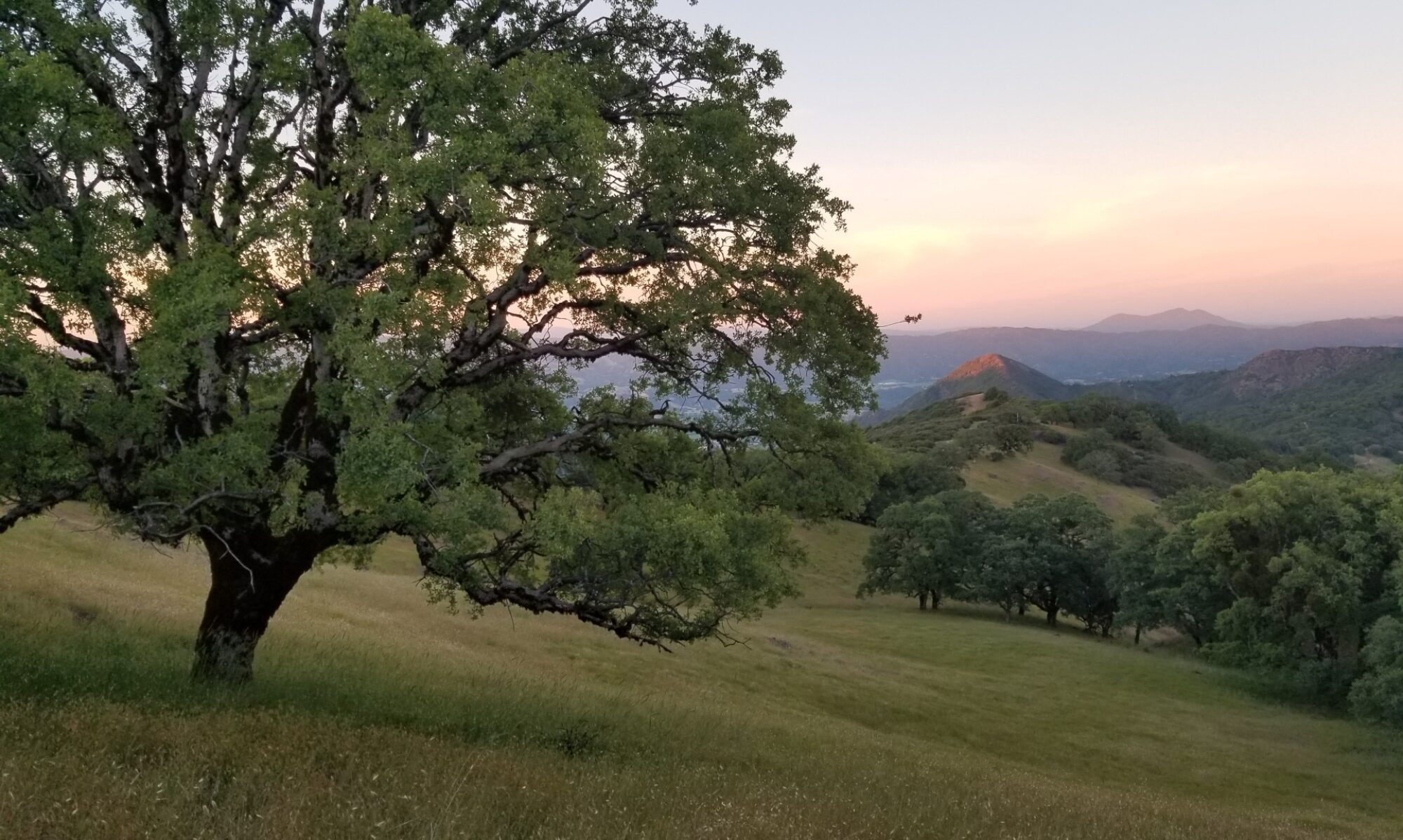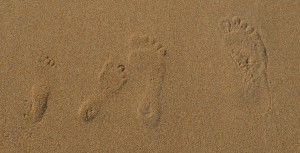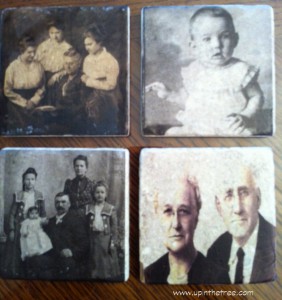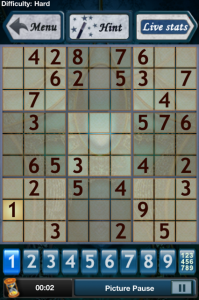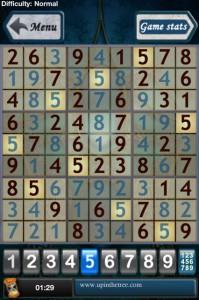My family (and my husband’s family) has its share of scandal. I have found stories of slave owners, murder, multiple marriages, illegitimate children, suicide, alcoholism, and teenage pregnancy. I have never been the kind of researcher who questioned what to do with stories that can cause trouble. They need to be told just as much as the rest of the story.
I have learned this week that another kind of story also needs to be told. The gut wrenching, heartbreaking stories of loss in an ancestor’s life are just as influential as any scandalous stories. I was truly devastated when I found the following news article about the death of two children in a fire. While I was happy to be able to confirm a family story, I could not help but mourn for Mary Capelli and her children. I wish I had not been able to find this story because I would never wish a tragedy of this magnitude on anyone.
Every event that occurs during your life helps to shape you as a person. It is easy to see how this accident shaped the Capelli family. I now have a reason why the family left coal country for the big city. I also have some insight into how my grandfather, at age 5, was welcomed as part of the family after arriving in Pittsburgh just a few years later.
This article appeared in The Morning Herald, Uniontown, Pennsylvania on November 24, 1916.
CHARRED BODIES OF BABES, ARMS CLASPED TIGHTLY, FOUND IN DEBRIS
Third Child, Aged Six Months, Tossed From Second Story Window by Mother Who Also Leaped to Ground
(By H.H. Baer)
BROWNSVILLE, Nov. 23 – Bodies of two babies, with their charred arms clasped about each other, was the grim spectacle brought to light after the flames had been subdued at the Alicia works Thursday afternoon. Another baby six months old had been tossed by the mother from the second story of the building and was unhurt. The mother leaped after the baby and was badly bruised. Her condition is most serious as a result of the shock when she learned the babies had been burned to a crisp.
THE DEAD
SLAVELLI CAPPELLI, aged 5.
ELMA CAPPELLI, aged 3.
THE INJURED
ELSIE CAPELLI, aged 6 months, injured when she was thrown from the window to the ground; will recover.
MRS. FRED CAPELLI, mother of the babies, bruised when she leaped through the second story window to the ground; condition serious.
Just how the fire started is a mystery. The large double frame dwelling, nos. 68 and 69, were burned to the ground. Four other houses across the street were blistered and damaged from the heat of the frames.
All the families are either Italian or Slavish. A telephone call was received from the W. Harry Brown works to the effect a fire was raging in the company houses. Both South Brownsville and Brownsville fire trucks, loaded with firemen, went to the scene. They found one house in flames and others about to ignite.
Water in the fire plugs would not throw a stream five feet. Chemicals from the trucks were thrown on adjacent houses to save them, while the hose were taken in the second stories and nozzles run over the sides of the houses to keep the flames in check. It was due to the excellent work of the two fire companies that the entire lower two rows did not burn to the ground. The Alicia fire company formed a bucket brigade and assisted in quenching the flames, which were fanned by the stiff river breeze.
Mrs. Capelli, whose children were burning to death, dashed from those holding her several times in an effort to rush into the burning building to the relief of the little tots. Each time she was caught before she accomplished her purpose only to make another effort to enter the building.
Mrs. Capelli was quieted somewhat when told her babies had been saved. She stated in broken English she was down stairs in the front of the hause [sic] asleep when she was awakened by the smoke choking her. She rushed up stairs, where her three babies were sleeping in a bed. She grabbed the smallest child and threw her through a pane of glass from the second story to the ground. She then made another effort to save the remaining children but was almost suffocated by the heat and smoke. Finally unable to reach them she threw herself through the window. Her clothes were singed and her arms and limbs cut by the glass and the jolt of the fall. The house was then a mass of flames and none dared to enter.
It is thought the fire originated in the kitchen from the cooking stove, having a good start before it was discovered by the residents, although there are 150 houses in the two rows.
Fred Capelli, the husband, was in Brownsville at the time of the fire and his homecoming in the evening at 5:30 o’clock was another sad affair. The fire started at 1:45 in the afternoon.
When the building had burned to the ground, nothing standing but the two brick chimneys, the charred remains of the little babies were found locked arm in arm. The bodies were in the basement, having fallen from the second story, but the death lock was not broken.
The theory is advanced by the firemen that the children were suffocated before the fire reached them. This was also the reason the children did not answer the mother’s summons at the window.
The bodies were taken to the morgue of Kisinger & Luce. They will be buried together sometime today. Both will be laid to rest in one little coffin. Two elder children were attending school at the time of the fire and added to the pitiful scene, when school was dismissed.
The extent of the damages is not known exactly, but estimated to reach $8,000. Besides the home of Fred Capelli in the house No. 68, the belongings and furniture of John Tompko, in house No. 69, were completely lost. Martin Yallincich living in house No. 67, suffered heavy loss as did John Superak, living in house No. 66. House No. 70, Pauls Disi’s residence, all household belongings and furniture was either ruined by fire or chemicals and water. House No. 71, Steve Paviectovich, suffered slight damage by chemicals and water.
The fire occurred in the “patch” of the Alicia works which are located 150 feet from the river bank.
Company Physician J.H. Lab??? remained with the mother for five ???? administering medicine and ????
All telephone communication between Brownsville and Alicia ??? severed for a short time. The el??? Current at the plant was shut off ??? wires burned in two. Those we??? Paired in a short time.
Superintendent Reynolds state?? houses would be rebuilt immed??? and the homeless families sho??? and cared for until their new bu???? was completed.
All men residing in the house ??? employed at the works, either in ??? mines or on the outside.
